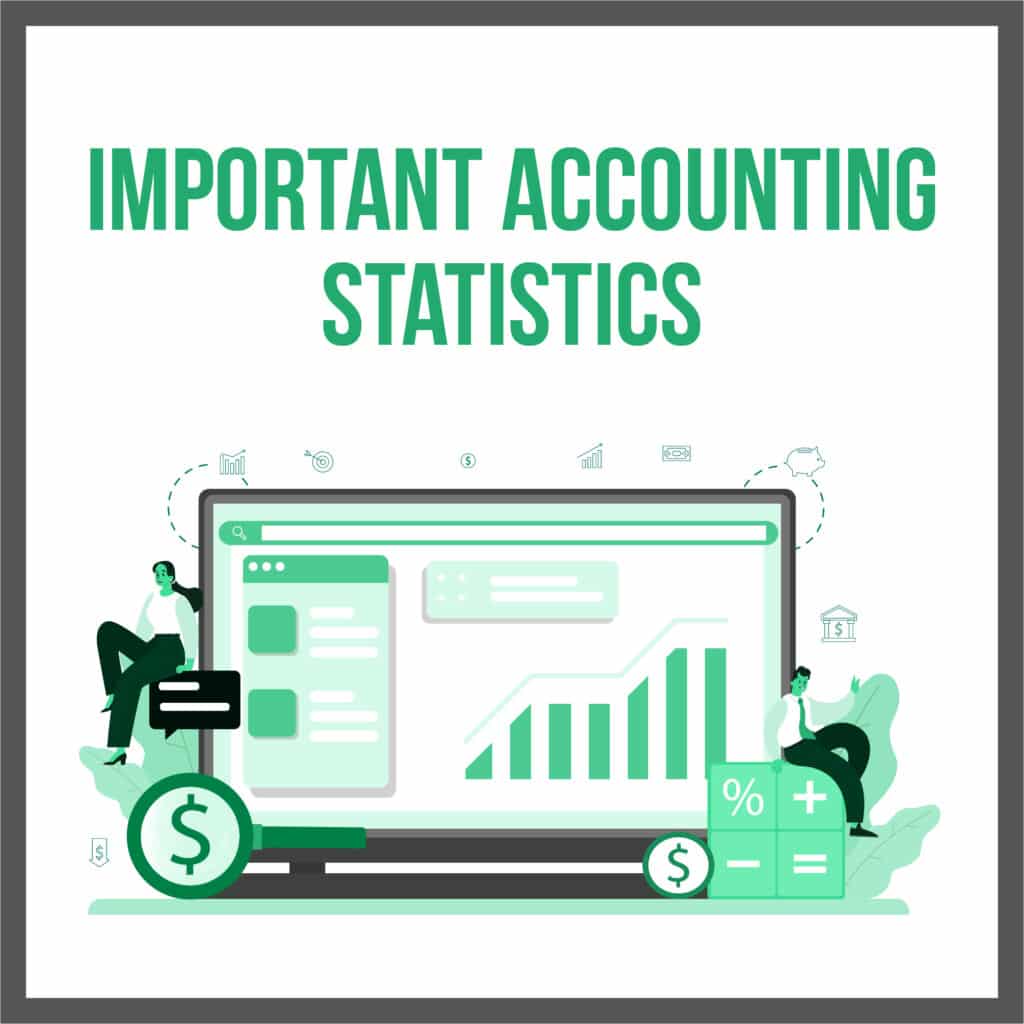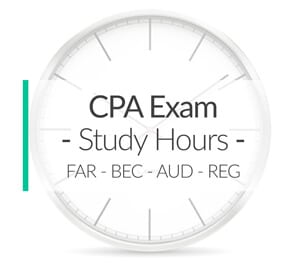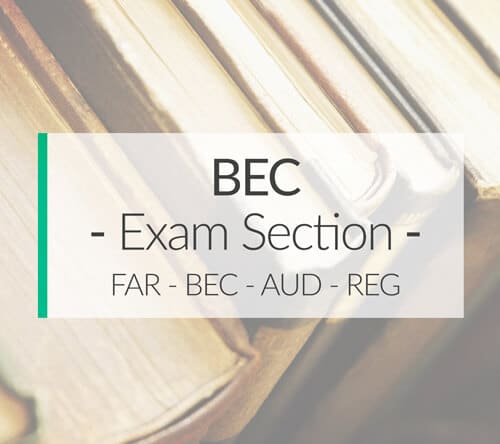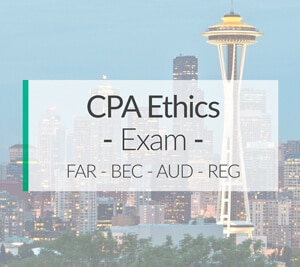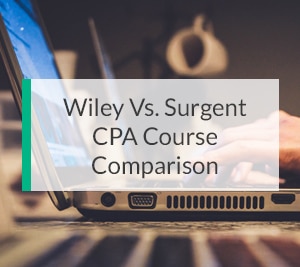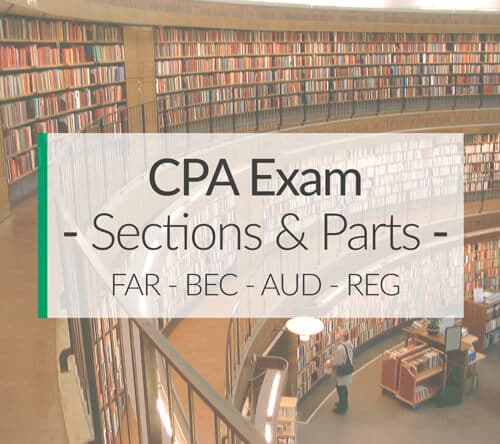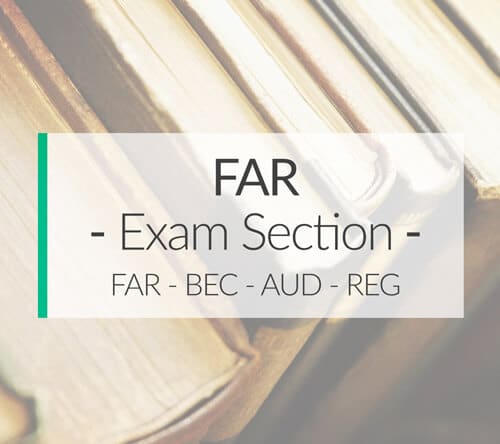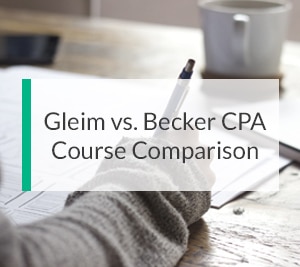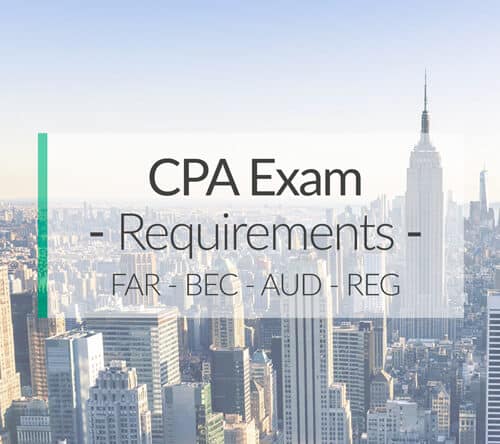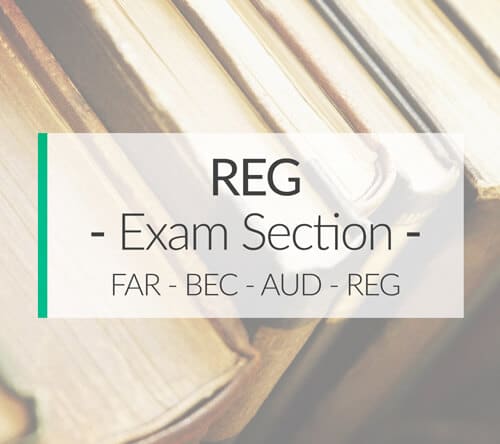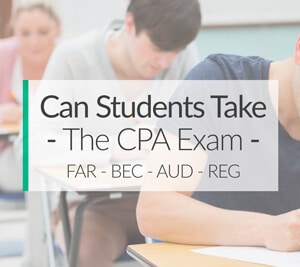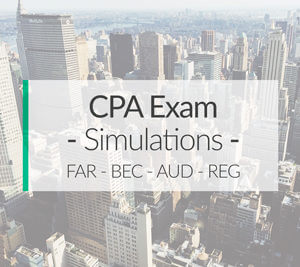
CPA exam task-based simulations (TBS) make up the last testlet on each of the four CPA exam sections: FAR, REG, AUD, and BEC. The AICPA designs these to test candidates’ higher learning and processing abilities by combining several functions, and areas of study, and applications into each simulation.
If you are like most candidates, the CPA exam task-based simulations are the hardest part on the exam. Don’t feel bad; CPA sims suck! Everyone knows it. They are hard on the exam and they are even harder to prepare for.
Let’s take a look at what CPA TBS are, what you should expect to see on your exam, and most importantly, how to study for CPA exam task-based simulations.
- 1.Becker CPA Review Course: Rated the #1 Best CPA Review Course of 2024
- 2.Surgent CPA Prep Course: Best Technology
- 3.Gleim CPA Review Course: Largest Question Bank
How To Practice and Pass CPA Exam Task-Based Simulations
What are CPA Exam Task-Based Simulations?
The simulations on each exam are story problems that require you to make journal entries, match definitions and terms, and research topics and cite authoritative literature. These problems are designed to simulate real-life scenarios that test your ability to apply your knowledge in situations instead of simply answering multiple-choice questions.
The AICPA has shifted its exam focus to rely more heavily on simulations than multiple-choice questions in 2017 because TBS test a candidate’s higher learning and thought processes more so than MCQs. This shift was published in the 2017 AICPA exam blueprint.
Each exam includes several different types of simulations. Some are more challenging than others and some require more practice than others. Let’s take a look at the main differences in simulations.
Different Types of CPA Simulations
There are four main types of TBS.
- Research
- Matching
- Fill-in-the-Blank
- Journal Entries
CPA Exam Research Simulation
The research simulation gives you a situation that you are required to lookup in the authoritative literature provided and cite the code section that applies to the scenario. Out of the four types of sims, this one is probably the easiest.
All you have to do is read the scenario and use the search function on the codification to find the code section that gives guidance on that topic. It’s a pretty simple. You just need to practice using the search tool, so you can quickly research the topic on exam day and enter the code section in the text field.
CPA Exam Matching Simulation
The matching simulations are just like a set of matching topics in grade school. You’ll have 5-10 terms or transactions that will need to be matched with the corresponding definitions or numbers.
This simulation isn’t that difficult because the answers are given. Although there are typically more answers given than questions, the answers are present, so you have something to choose from. Just narrow down the answers to the possible correct ones and make a guess if you can’t figure it out.
Get Discounts On CPA Review Courses!

Take $1,200 Off Surgent CPA Ultimate Pass
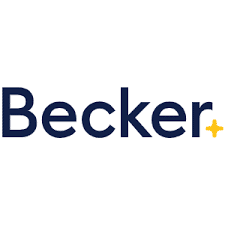
Get $1,140 Off Becker CPA Pro

Take $1,110 Off Surgent CPA Ultimate Pass
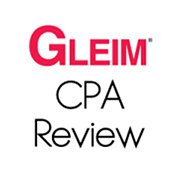
Enjoy $1,000 Off Gleim CPA Premium Pro

Becker CPA: 0% Interest Payment Plan

Becker CPA Advantage Package Now $2,499 – Promo

Get CPA Evolution Ready Content on All Becker CPA Courses

Take $1,500 Off Surgent CPA Ultimate Pass

Sale – Becker CPA Premium Package Now $3,099

Enjoy a 14-day Free Trial on Becker CPA Courses

Save on Becker CPA Single Part Courses
CPA Exam Fill-in-the-Blank Simulation
The fill-in-the-blank simulations are probably the hardest TBS because you don’t have an answer to choose from. For instance, you might be given a story problem where you are required to compute the answer and enter it in the blank, like a pension liability.
If you don’t know how to calculate the answer, you will have to guess on it because there aren’t any answers listed to choose from. This can also be frustrating because you have no idea if it’s correct.
CPA Exam Journal Entry Simulations
The journal entry simulations come in two different formats: matching and fill-in-the-blank. Typically, a scenario is given that requires you to record a transaction. Then a blank journal entry is provided for you to fill in the accounts and amounts for each transaction.
The fill-in-the-blank journal entries are obviously harder than the matching ones because you have to calculate the answers and know what accounts to debit and credit without any help.
There are a ton of variations and layouts for each simulation, but they all fit into these main four main simulation formats.
Are Simulations on Each Section of the CPA Exam?
Yes, each CPA exam section includes simulations. This wasn’t always the case. Prior to the 2017 CPA exam update, only FAR, REG, and AUD had sims. Starting in 2017 BEC will also have a set of TBS in addition to the written communications section.
Be prepared! The sims are everywhere. 🙂 That and they count for more of your CPA exam score than they did in prior years.
CPA Task-Based Simulation Study Tips
Study Tip #1 – The biggest tip that I can give you for studying for the CPA exam simulations is to practice them. There are a ton of different layouts and formatting. The last thing you want to do on your exam day is to be confused about the simulation layout and format.
Practice as many as you can, so that you get a feel for how each format is presented on the exam. You’ll want to know where how to fill in the blanks, match answers, and use the codification research tool.
Study Tip #2 – The second type I have for you is to practice your time management. It’s really easy to spend tons of time on each sim. You can’t afford to do that. You really only have about 10-15 for each sim. Make sure set a time goal and stick to it during your study process.
How to Practice Simulations
Practicing simulations is crucial to passing the exam. You need to practice reading the topics and questions, navigating each TBS, and answering the questions.
Second to practicing navigating the questions is your CPA review course is doing the follow up after you answer the questions. Most CPA review courses with simulations offer full explanations of the answers. Go back through and read the questions and rationales.
The reason simulations are so hard to prepare for is because they cover so many topics. You have to know everything. Use your review course to understand the types of topics that are being asked on the sims. If you understand the topics, you’ll be able answer the questions on the real exam.
How are CPA Simulations Graded and Scored?
Simulations now make up 50% of your total score on the CPA exam with one exception: BEC. The BEC exam weights TBS at 35% and the written communications section at 15%.
That’s way higher than previous years’ exam scores. This means that your overall score is way more dependent on you doing well on the simulations than ever before. Starting in 2017, it will be almost impossible to pass the CPA with only multiple-choice questions.
CPA Simulation Pass Rates
There isn’t a separately published pass rate for the simulation sections, but we can assume that it mirrors the overall CPA exam pass rates for each section.
Best Way to Prepare for CPA Exam Simulations
The best way to prepare for the CPA simulations is to practice them as much as possible. In order to do that, you will need a CPA review course that offers tons of different practice simulations like Becker CPA Review.
I’ve reviewed all of the top review course and detailed how many practice sims each includes. Take a look at my reviews and see which one you should use to prepare for the task-based simulations on the CPA exam.


